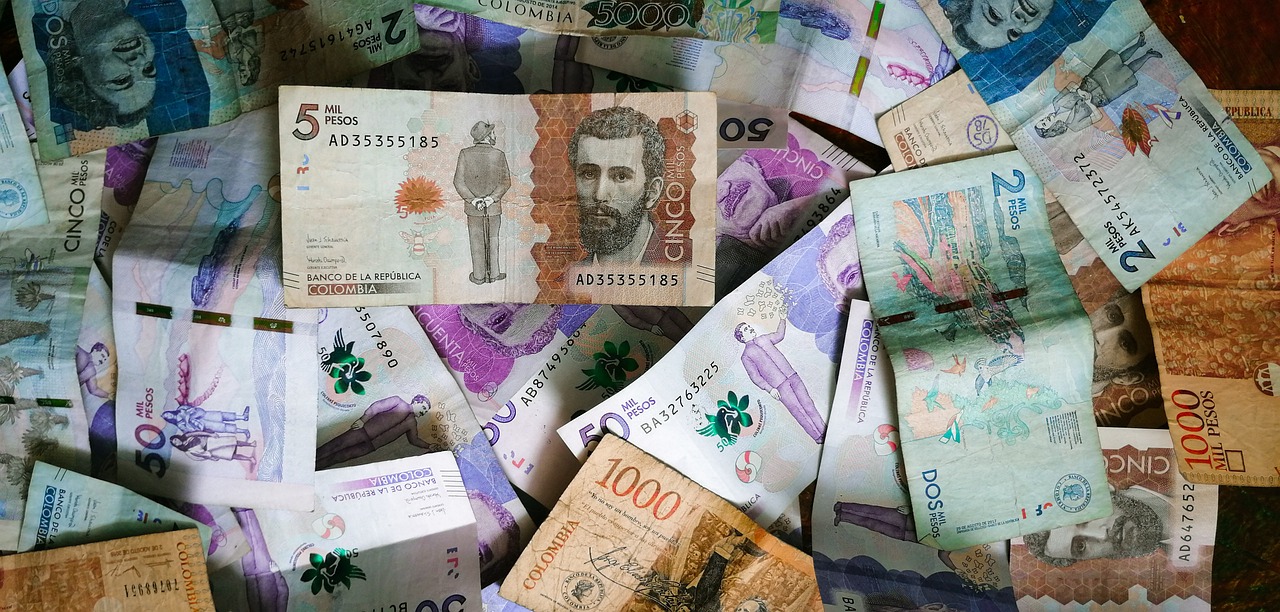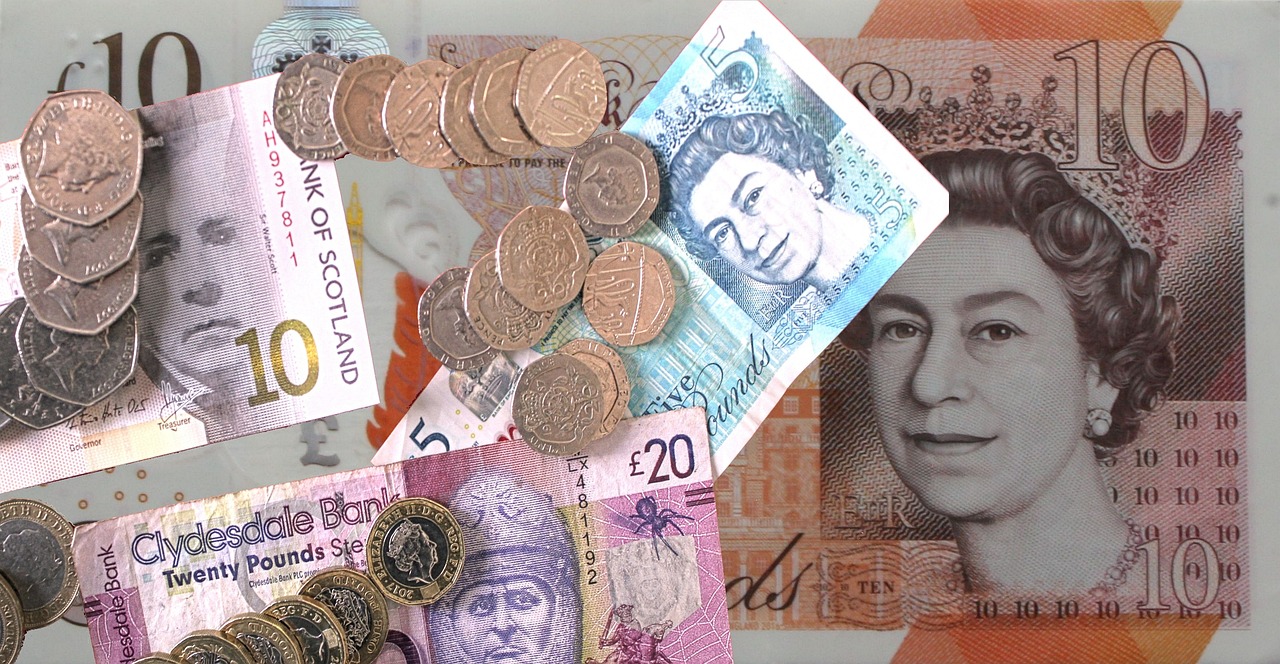The Ultimate Guide to Sending Money Safely and Securely to the Philippines: Everything You Need to Know
GPT_Global - 2024-03-23 12:30:03.0 557
What is the best way to send money to family in the Philippines?
Sending money to family in the Philippines can be a daunting task, but with the advancement of technology and the growth of remittance businesses, it has become easier and more convenient. If you are looking for the best way to send money to your loved ones in the Philippines, here are some options to consider:
1. Online Money Transfer Services
One of the most popular and efficient ways to send money to the Philippines is through online money transfer services. These services allow you to transfer money directly to your recipient's bank account or pick up cash at a designated location. With just a few clicks, you can complete the transaction without leaving the comfort of your home.
2. Traditional Banks
If you prefer the traditional route, you can also use banks to send money to the Philippines. Many banks have partnerships with local banks in the Philippines, making it easier and faster to transfer funds. However, keep in mind that using banks may come with higher fees and longer processing times compared to online money transfer services.
3. Remittance Companies
Remittance companies specialize in international money transfers, making them a reliable option for sending money to the Philippines. They offer competitive exchange rates and lower fees compared to banks. Plus, they have multiple payout options such as cash pickup, bank deposit, and mobile wallet, giving your recipient more flexibility in receiving the funds.
4. Peer-to-Peer Services
Peer-to-peer (P2P) services have become increasingly popular for sending money internationally. Using P2P platforms, you can directly transfer funds from your bank account to your recipient's bank account or mobile wallet. The transaction fees are usually lower than traditional banks, making it a cost-effective option.
5. Mobile Money Transfer Apps
Lastly, mobile money transfer apps have become a popular choice for sending money to the Philippines. These apps allow you to transfer funds directly from your phone, and in some cases, they offer free transfers or lower fees compared to other methods. However, it is essential to make sure that the app you are using is secure and reputable.
Overall, the best way to send money to family in the Philippines may vary depending on your priorities and the needs of your recipients. It is essential to compare fees, exchange rates, and processing times to determine the most suitable option for you. With the variety of choices available, sending money to your loved ones in the Philippines has never been easier.

Is it safe to transfer money to the Philippines online?
6. Is it safe to transfer money to the Philippines online?Sending money to loved ones back home in the Philippines is a common practice for international workers and families. With technology advancements, online remittance services have become a convenient and popular option for many. However, safety and security are always a top concern when it comes to transferring money online. So the question is, is it safe to transfer money to the Philippines online?
The answer is yes, as long as you choose a reputable and trustworthy remittance business. Look for companies that are licensed and regulated by the Central Bank of the Philippines. This ensures that they follow strict guidelines and regulations to protect the interests of their customers.
Additionally, it is important to use a secure and encrypted website when making online transactions. This will prevent any sensitive information, such as bank account details, from being intercepted by hackers or fraudsters.
Another safety measure to consider is using a two-factor authentication process. This means that in addition to a password, you will also need to enter a unique code sent to your registered phone number or email address to complete the transaction. This adds an extra layer of security to protect your funds.
It is also essential to double-check the recipient's information before making the online transfer. Make sure to enter the correct account number, name, and other necessary details to avoid any mistakes that can result in funds being sent to the wrong person.
In conclusion, as long as you choose a credible online remittance provider and take necessary precautions such as using a secure website and verifying recipient details, it is safe to transfer money to the Philippines online. It is a convenient and fast way to support your loved ones back home, especially during these times when physical travel and traditional remittance methods may not be possible.
Are there any limits on the amount of money I can transfer to the Philippines?
The short answer is no, there are no limits on the amount of money you can transfer to the Philippines. This means that you can send as much money as you need to support your loved ones, pay for expenses, or invest in business opportunities.
However, there are certain guidelines and regulations that you need to follow when sending large amounts of money to the Philippines. For instance, if you are making a single transaction of more than 50,000 US dollars, you will be required to provide documentation and proof of the source of funds. This is to prevent money laundering and other fraudulent activities. Additionally, you may also need to pay taxes on large transfers, so it is important to consult with a tax professional.
If you are a foreigner living in the Philippines, there may be restrictions on the amount of money you can take out of the country. The Bangko Sentral ng Pilipinas, the central bank of the Philippines, has set a limit of 10,000 US dollars for individuals leaving the country. This means that you can only physically bring out this amount of cash with you when leaving the Philippines. However, this limit does not apply to electronic transfers or remittances.
Lastly, you should also consider any fees and exchange rates when transferring money to the Philippines. These charges vary depending on the remittance service provider you choose. It is important to compare different options to ensure that you are getting the best deal and your recipient receives the maximum amount of money. Remember, sending money should not be a burden, so it is crucial to find a reliable and cost-effective remittance service.
Can I track the status of my money transfer to the Philippines?
If you have ever sent money to the Philippines through a remittance business, you might have wondered if there is a way to track the status of your transaction. The good news is, most remittance companies offer tracking services for their customers.
When you make a money transfer to the Philippines, you will typically receive a reference number or tracking number from the remittance company. This number is unique to your specific transaction and serves as a way to track its progress.
You can use this reference number to check the status of your money transfer through the remittance company's website or mobile app. Simply enter the number and you will be able to see the current location of your funds and when they are expected to arrive at their destination.
Another option is to contact the remittance company's customer service hotline. They will be able to provide you with real-time updates on the status of your money transfer to the Philippines.
It is important to note that the tracking services may vary depending on the remittance company you choose. Some may offer more detailed information, while others may only provide basic updates. It is best to inquire about the tracking options before making a transaction.
Overall, being able to track the status of your money transfer to the Philippines can give you peace of mind and ensure that your funds arrive safely and on time. So next time you make a remittance, make sure to ask about the tracking services available.
What are the requirements for sending money to the Philippines?
If you have loved ones in the Philippines, you may be wondering what the requirements are for sending them money. With remittance businesses becoming more prevalent, it's important to understand the process and necessary documents needed to successfully transfer funds. Here are the top requirements for sending money to the Philippines:
1. Valid identification: To send money, you will need a valid government-issued identification such as a passport, driver's license, or state ID. This is to verify your identity and ensure the safety and security of the transaction.
2. Recipient information: You will also need to provide the necessary information of the recipient including their full name, address, and contact details. This is to ensure that the money goes to the correct person and that they can easily access the funds.
3. Purpose of transfer: Some remittance businesses may require details about the purpose of the transfer, such as if it is for personal use, business, or other reasons. This is usually for regulatory purposes and to ensure that the funds are not being used for illegal activities.
4. Transfer amount and fees: You will need to indicate the amount you wish to send and any applicable fees or charges. It's important to compare different remittance providers to find the best rates and lowest fees for your transfer.
5. Recipient's bank account details: If you're transferring funds directly to a recipient's bank account, you will need to provide their account number and the name of their bank. This is to ensure that the money is deposited into the correct account.
6. Proof of relationship: In some cases, you may be required to provide proof of your relationship with the recipient, especially if they have a different last name. This can be in the form of a marriage certificate, birth certificate, or other relevant documents.
Keep in mind that these requirements may vary slightly depending on the remittance provider you choose. It's always best to double-check with the specific company to ensure you have all the necessary documents and information before sending money to the Philippines. With these requirements met, you can easily and safely send money to your loved ones back home.
About Panda Remit
Panda Remit is committed to providing global users with more convenient, safe, reliable, and affordable online cross-border remittance services。
International remittance services from more than 30 countries/regions around the world are now available: including Japan, Hong Kong, Europe, the United States, Australia, and other markets, and are recognized and trusted by millions of users around the world.
Visit Panda Remit Official Website or Download PandaRemit App, to learn more about remittance info.



